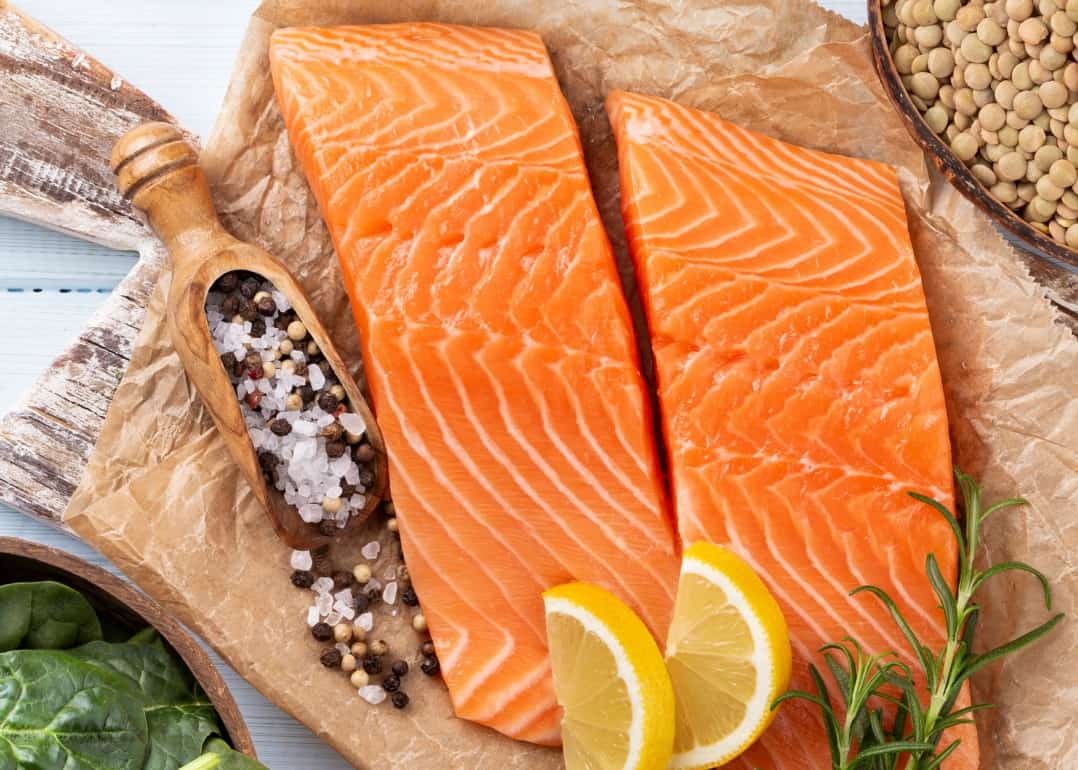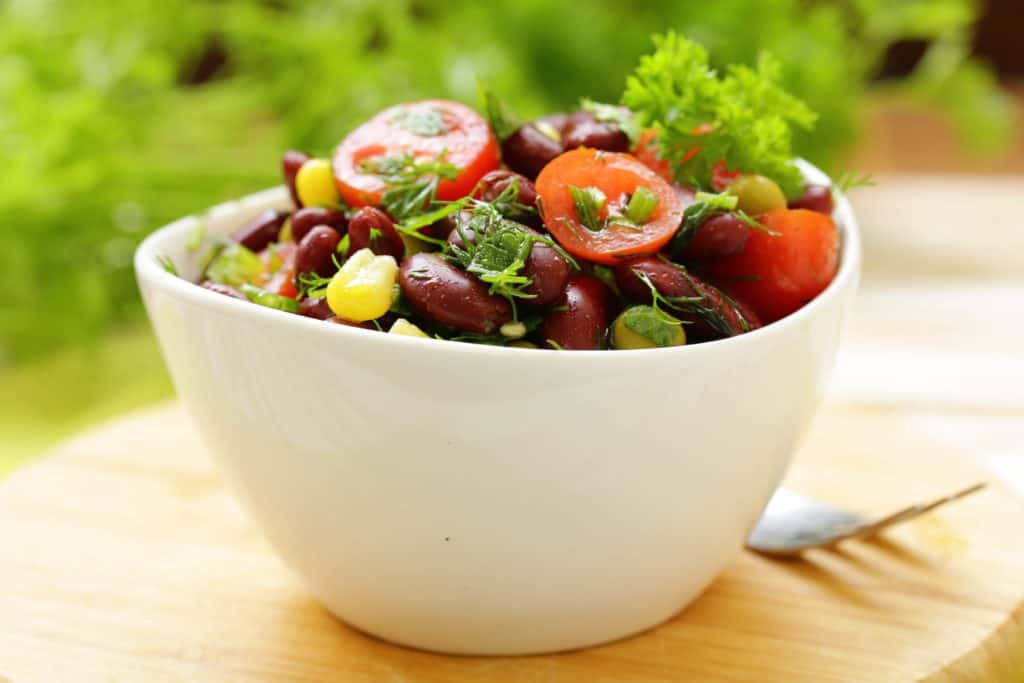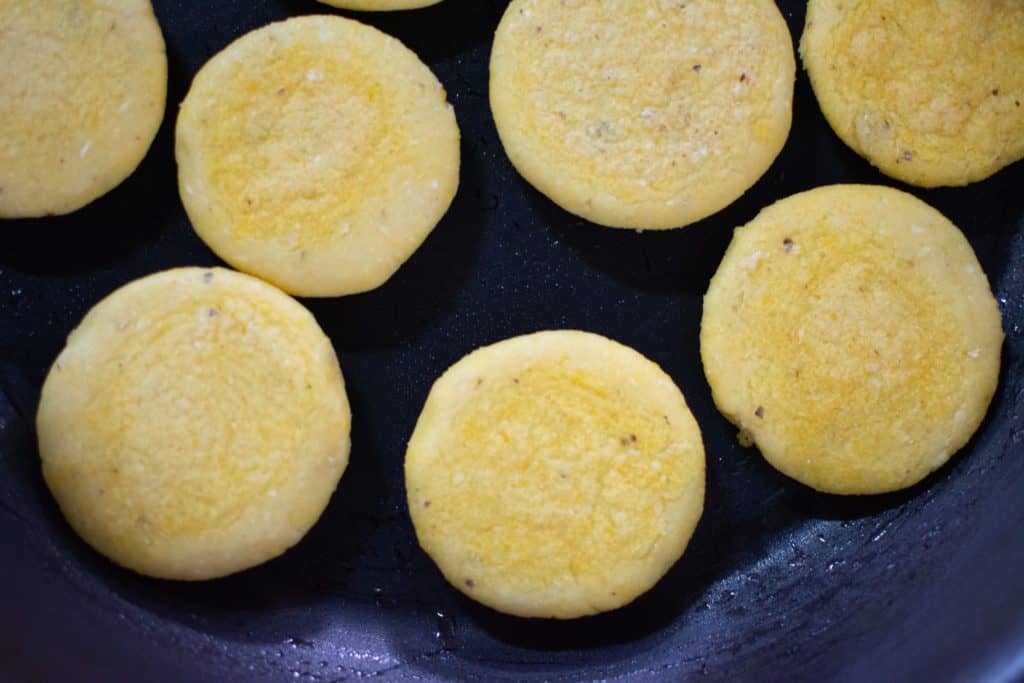
Salmon and Mushrooms over Wild Rice with Tea Broth
Watson HarlanThis dish originally was made during a period of famine in Japan, and focuses on the flavor of the ingredients themselves rather than the seasonings, and so it is perfect for a simple and easy to cook meal that is energizing and good for you. This dish is somewhat like stone soup, where the base ingredients stay the same but the dish can be added to. This version includes mushrooms, but green onions are a good addition also. The salmon is cooked with no oil in the pan, so make sure to put it skin side down first, so the fat can cook into the fish, and it won’t stick. This dish needs two pans and two pots, but the end result is a nice and simple meal that is even pretty easy to clean up after. To reduce smoke when cooking fish, reduce the heat and add oil.
Cuisine Cherokee
Ingredients
- 1 cup wild rice
- 1 filet salmon per person
- soy sauce
- green tea (Japanese style) or pine needle tea (native style)
- mushrooms optional
- red pepper
- salt
- sugar or honey for mushrooms
Instructions
- Prepare tea in a pot on the stove, and brew to what strength your liking. Add a bit of soy sauce until the tea is the color of a decent broth and tastes salty enough.
- Prepare wild rice or rice as per its instructions. Keep warm.
- Place mushrooms in a pan and barely cover with water. Bring to a light boil. Add soy sauce and honey or sugar to taste. Cook until the mushrooms have shrunk and absorbed most of the liquid.
- Heat cast iron pan. When hot as possible, Add the plain salmon filet skin side down. Sear for one minute. Flip and sear for one minute on the other side. Leave another minute if you enjoy it flaky. Remove from heat.
- Serve rice in a bowl and top with fish filet. Pour broth over it - this will further cook the fish. Let sit for half a minute and serve.
Notes
Southern Cooking and Cherokee History
Although many Southern staples are common in Cherokee cooking today, several of these techniques and items are recent additions to the Cherokee diet, and not all of them are good additions. Pork in particular began to be consumed because of a lack of wild game meats, and deep frying became more commonplace during periods of water shortage, and the cooking medium could be reused. Older generations of Cherokee preferred boiling, baking, smoking and charring to frying in a good number of traditional recipes. These cooking methods and items are not all bad, and several things like iron cookware, and improved preservation techniques can give us food security at levels previously not possible, but it is important to balance this with health concerns, and keeping a varied diet to stay in touch with our culture, and ideally the seasons around us.
Since many of these practices were the result of hardship and cultural assimilation and not choice, these recipes are in a sort of way, colonial. For a lot of people living, however, many of these old southern dishes are a taste of home, and are welcome among us all the same. After all, making do with what is available is sometimes all the options one has.
Canning, pickling, brine salting, and arguably refrigeration are modern techniques, but this doesn’t mean we need to shun everything, when we have the option to adapt these to suit our own ingredients and needs. Frozen wild greens and ramps are eaten year round now, and wild berries keep much longer until they can be used or preserved. These modern methods without any cultural pressure were adopted and adapted to suit our traditional food needs, and this keeps a culture both alive, and well.
Commodities are an example where we have an abundance of Westernized foods that we can use. Without good and proper usage it’s easy to make unhealthy food that is satisfying but doesn’t contain a lot of the things we need to feel good and be healthy.
Keyword fish, rice





